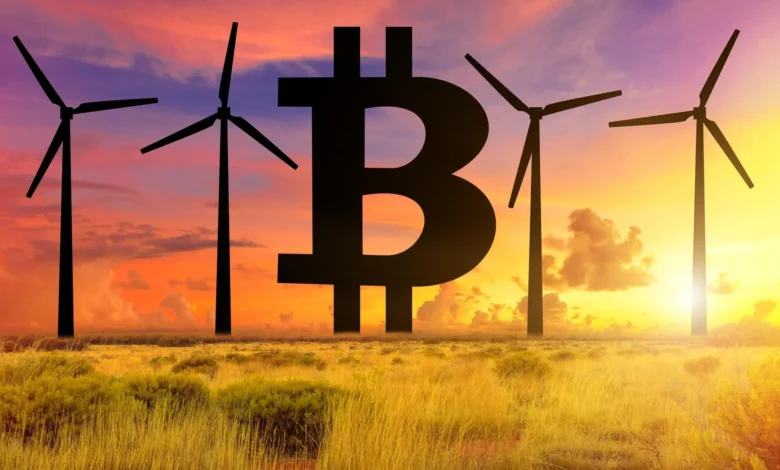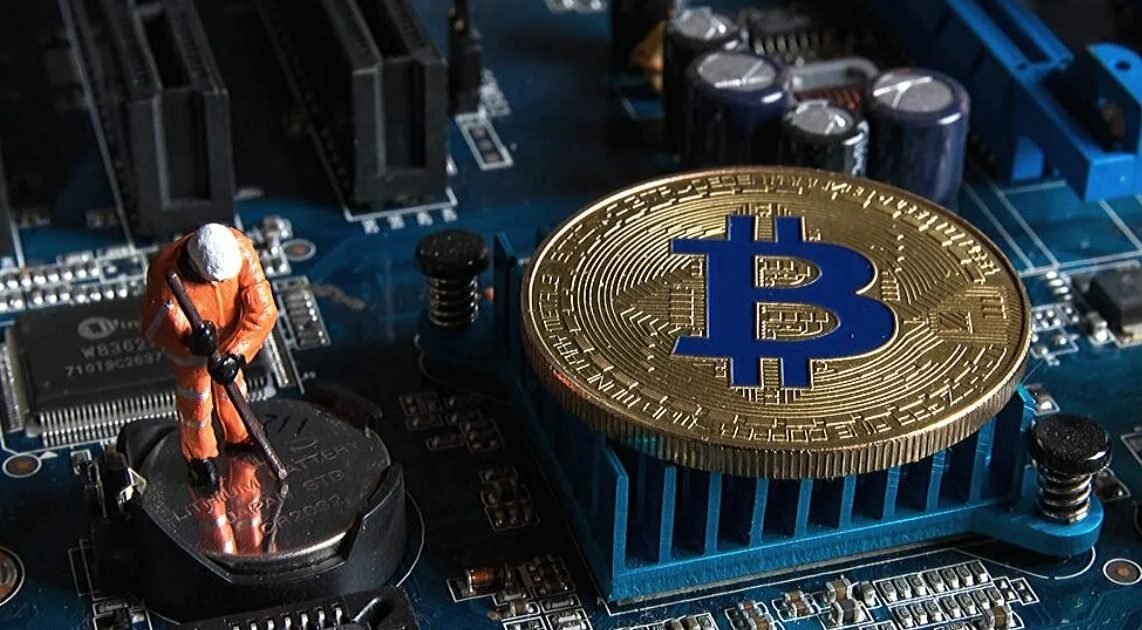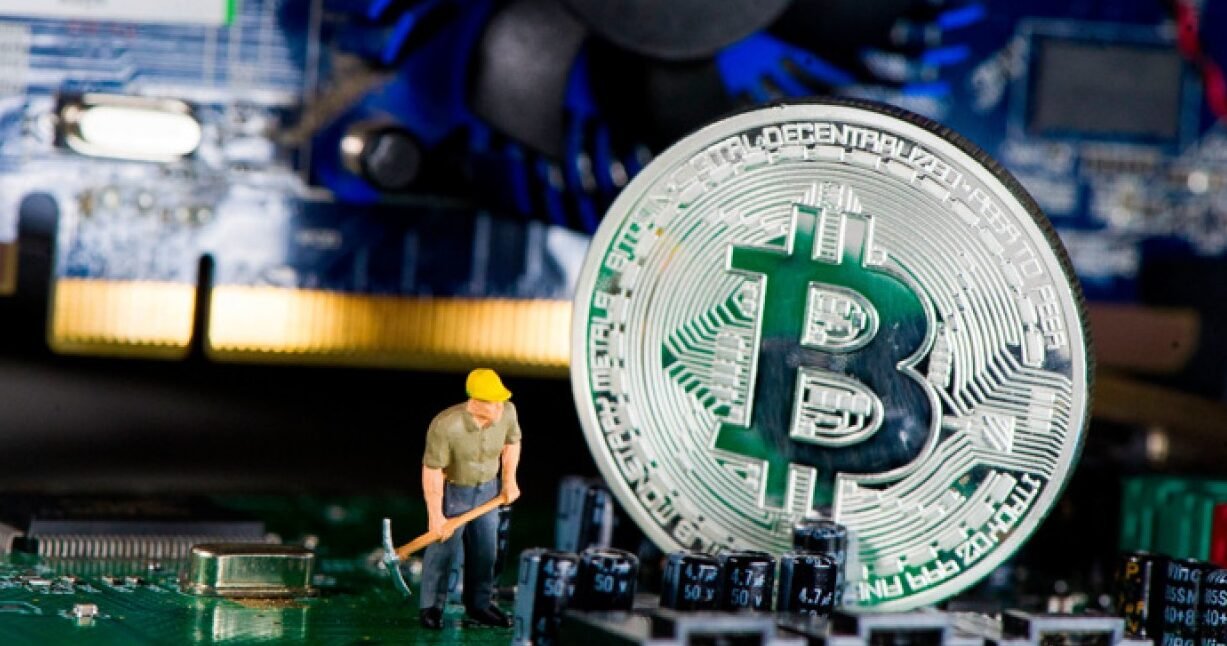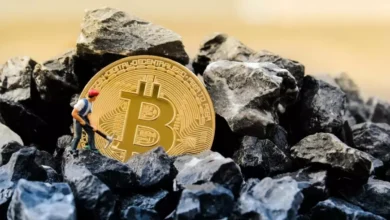
Long considered an environmental villain, Bitcoin mining is a power-hungry operation claimed to jeopardize efforts at sustainability. This story, nonetheless, ignores a transforming possibility. Correctly incorporated into the power grid, Bitcoin mining stabilization can stabilize energy markets, improve the integration of renewable energy sources, and even save billions in infrastructure expenses. The challenge lies in the need for authorities to recognize and prioritize Bitcoin mining.
Bitcoin Mining Stabilizes Grid
The American energy system is changing fundamentally. The drive toward decarbonization has made solar and wind, among other renewable energy sources, more important. Although they are vital for the environment, these sources are naturally erratic; solar panels cannot produce electricity at night, and wind turbines only run when the wind blows. Such behavior causes fluctuation in energy supply, which, if improperly controlled, can throw off the grid.

Gas peaker plants, facilities that rapidly ramp up to meet demand spikes, have long helped ease this issue. THowever, these facilities are costly, ineffective, and carbon-intensive. Here is where mining Bitcoin helps. Unlike most consumers of industrial energy, Bitcoin miners are rather adaptable. WWhen there is excess electricity, they can switch on, and during periods of high demand, they can quickly switch off. TTheir ideal participation in demand response programs, which are strategies utilities employ to manage grid supply and demand in real time, is load flexibility.
Bitcoin Powers Texas
Texas is currently serving as a testing ground for the grid-stabilizing function of Bitcoin mining. Under the control of the Electric Reliability Council of Texas (ERCOT), the state has welcomed miners as Controllable Load Resources (CLRs). These large-scale customers can rapidly change their power consumption to help maintain system stability. By 2025, Texas’s bitcoin mining activities are expected to consume over 2,600 megawatts (MW) of electricity, which is sufficient to power nearly 500,These activities, in collaboration with ERCOT, involve the consumption of electricity and the provision of essential services.
According to a study by the Digital Assets Research Institute, by substituting the demand for new gas-powered plants, Bitcoin miners have saved Texas as much as $18 billion. When demand peaks, miners shut down to free up capacity. WWhen there is excess energy, particularly from renewable sources, they increase their output to prevent waste.
Bitcoin Powers Renewables
MAt any time, critics of Bitcoin mining point out its significant environmental impact related to energy use. LTaking a broader view, however, miners have the potential to reduce carbon emissions and promote the use of renewable energy sources. WWhen there is excess solar or wind power, the grid typically “curtails” or wastes it. BBitcoin mining can absorb this surplus, converting otherwise wasteful energy into financial value.
Many mining firms are co-locating with solar energy plants. TThese configurations create a continuous client for off-peak energy, lowering transmission losses and increasing the financial viability of clean energy projects. TThe result is a symbiotic relationship: when demand is low, renewables power miners; when demand is high, miners assist the grid by turning off.
Reforming Bitcoin Mining
Despite its benefits, mining cryptocurrency continues to be closely scrutinized. Most of this is attributed to updated rules that treat miners like conventional industrial users. W What is needed is a new legislative framework that acknowledges their unique characteristics and incentivizes their grid-friendly actions.
It involved We are incentivizing renewable energy users and making mining more demand-driven. Forward-thinking jurisdictions could also give miners that adjust loads during peak demand or co-locate with sustainable energy projects subsidies or tax incentives.
Establishing a clear national policy around digital asset infrastructure and energy could help the federal government be influential. SWithout such clarity, states will continue to adopt contradictory policies, with some welcoming miners and others forbidding or severely restricting them. TThe outcome is an uncertain investment environment that can drive these potentially profitable activities offshore.
Bitcoin Mining Flexibility
Grid flexibility will become ever more important as energy systems all around turn toward decarbonization and decentralization. IIf done Sensibly, mining Bitcoin can provide grid flexibility. AActing as a digital “shock absorber,” it assists the electrical grid in balancing supply and demand, thereby promoting renewable development.

TOpportunity exists and is time-sensitive. By acting early to help miners be included in the grid, U.S. authorities can unleash billions of value, improve grid resilience, and hasten the nation’s switch to greener energy. SIf they fail to take action, the United States may forfeit a powerful, indigenous solution that is right in front of us.
Final thoughts
The report reframes Bitcoin mining from an environmental hazard to an energy grid asset in a compelling and relevant way. All Bitcoin mining is energy-intensive. But with the correct regulatory and operational framework, it can improve grid stability. They reduce dependence on carbon-intensive peaker plants and boost renewable energy sales.
Bitcoin miners, operating as controlled load resources (CLRs). Absorb excess renewable electricity and immediately lower demand when the system is overwhelmed in Texas. Their “load flexibility” makes them excellent demand responders. Financial savings of up to $18 billion in infrastructure costs serve as a viable incentive in addition to environmental goals.








